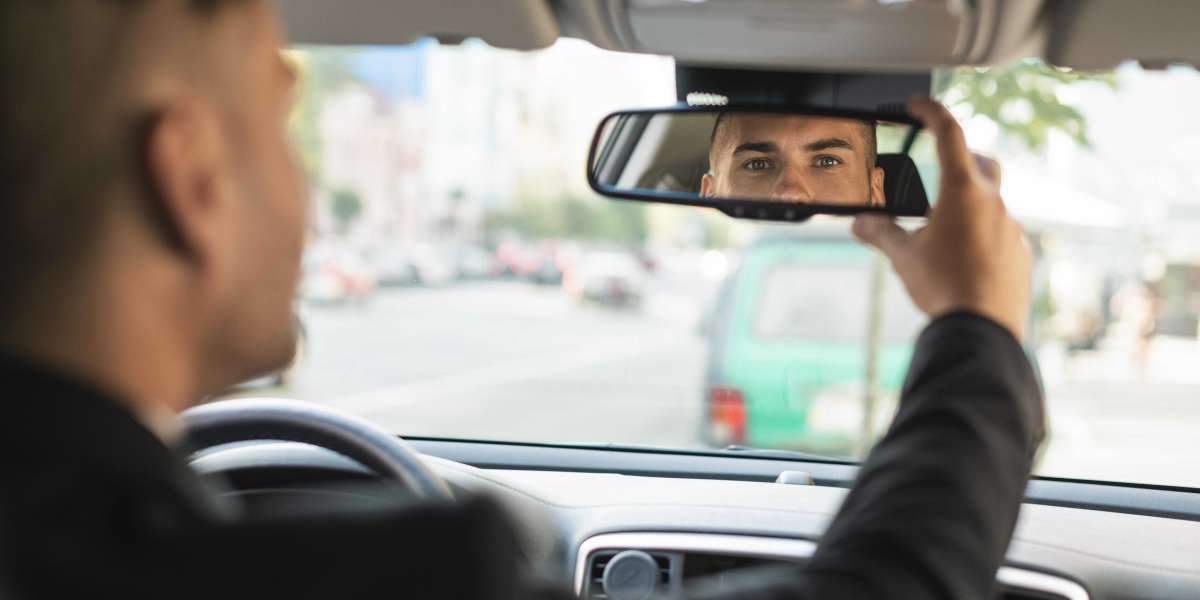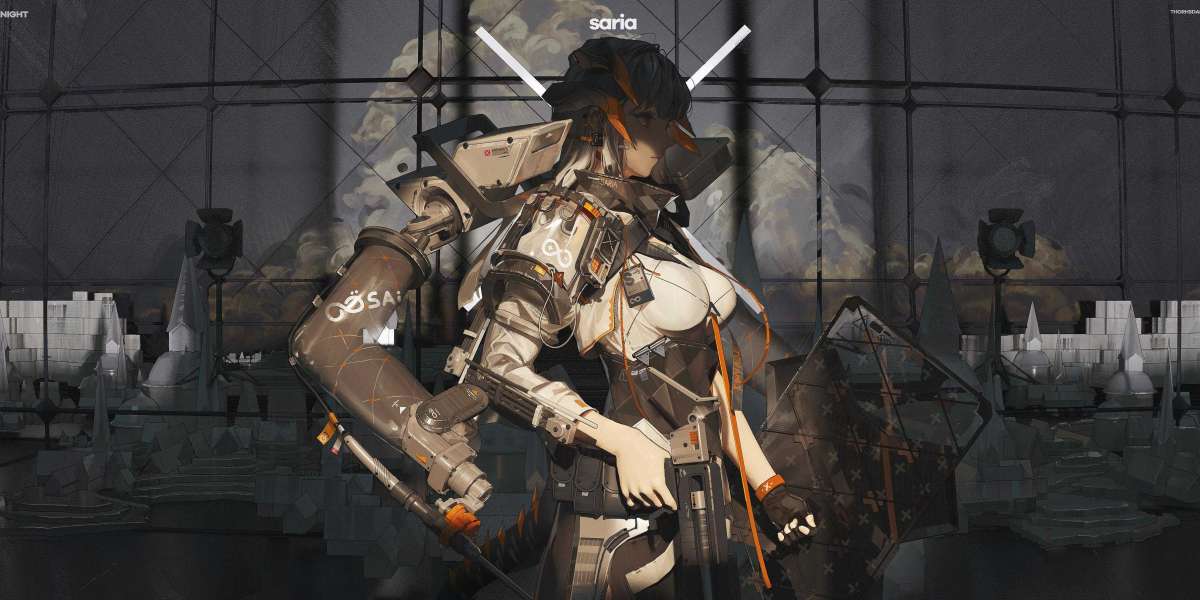Photography is an art form that allows individuals to capture moments, tell stories, and express creativity. While the camera itself is the primary tool, camera accessories play a crucial role in enhancing the overall photography experience. These accessories not only improve the quality of the images but also provide convenience and versatility. This article explores the essential camera accessories every photographer should consider, their benefits, and tips for choosing the right ones for your needs.
What are Camera Accessories?
Camera accessories are additional tools and equipment used in conjunction with a camera to enhance its functionality, protect it, and improve the quality of the photographs. These accessories range from lenses and tripods to filters and memory cards. They are designed to cater to different photography styles and requirements, making them indispensable for both amateur and professional photographers.
Essential Camera Accessories
1. Lenses: Lenses are arguably the most important camera accessories. Different lenses offer various focal lengths and apertures, allowing photographers to capture diverse types of shots.
- Prime Lenses: Fixed focal length lenses that are known for their sharpness and speed. Ideal for portrait and low-light photography.
- Zoom Lenses: Variable focal length lenses that offer versatility. Great for travel and wildlife photography.
- Wide-Angle Lenses: Perfect for landscape and architectural photography, offering a broader field of view.
- Telephoto Lenses: Ideal for sports and wildlife photography, allowing photographers to capture distant subjects.
2. Tripods: Tripods are essential for stabilizing the camera and achieving sharp images, especially in low-light conditions or when using slow shutter speeds.
- Standard Tripods: Suitable for general use and provide stability for various types of photography.
- Travel Tripods: Lightweight and compact, perfect for photographers on the go.
- Monopods: Offer some stability while allowing more mobility, ideal for sports and action photography.
3. External Flashes: External flashes provide additional lighting and are more powerful and versatile than the built-in camera flash. They can be used for portrait, macro, and low-light photography.
- Speedlights: Portable and versatile, offering various power settings and the ability to bounce light off surfaces.
- Ring Flashes: Provide even lighting, ideal for macro and close-up photography.
4. Filters: Filters are used to control light, enhance colors, and protect the lens.
- UV Filters: Protect the lens from scratches, dust, and moisture.
- Polarizing Filters: Reduce reflections and glare, enhance colors, and improve contrast in outdoor photography.
- ND Filters: Neutral density filters reduce the amount of light entering the lens, allowing for longer exposures in bright conditions.
5. Memory Cards: Memory cards are essential for storing digital images and videos. The speed and capacity of the memory card can impact the camera’s performance.
- SD Cards: Commonly used in most cameras, available in various capacities and speeds.
- CF Cards: CompactFlash cards, used in some professional cameras, offering high speed and large storage capacity.
6. Camera Bags: Camera bags protect your equipment and provide convenient storage and transportation options.
- Backpacks: Offer ample space and are comfortable for long trips.
- Shoulder Bags: Easy to access and suitable for short trips or urban photography.
- Holster Bags: Compact and designed for quick access to the camera.
7. Cleaning Kits: Keeping your camera and lenses clean is crucial for maintaining image quality and the longevity of your equipment.
- Lens Cleaning Solution and Microfiber Cloths: Used for cleaning lens surfaces without scratching.
- Air Blowers: Remove dust and debris from the camera sensor and lens.
- Sensor Cleaning Kits: Specifically designed for safely cleaning the camera sensor.
8. Remote Shutter Releases: Remote shutter releases allow photographers to take pictures without touching the camera, reducing the risk of camera shake.
- Wired Remotes: Connected to the camera via a cable.
- Wireless Remotes: Operate the camera remotely via infrared or radio frequency.
9. Battery Grips and Spare Batteries: Battery grips extend the battery life of the camera and provide a more comfortable grip, especially for vertical shots. Spare batteries ensure you don’t run out of power during a shoot.
Benefits of Using Camera Accessories
1. Improved Image Quality: Accessories like lenses and filters can significantly enhance the quality of your photographs by providing better control over focus, exposure, and lighting.
2. Greater Versatility: With the right accessories, you can adapt to different photography styles and conditions. For example, a telephoto lens allows you to capture distant subjects, while a macro lens lets you explore close-up details.
3. Enhanced Creativity: Camera accessories open up new creative possibilities. Filters can help create unique effects, and external flashes allow you to experiment with lighting.
4. Increased Convenience: Accessories such as tripods, remote shutters, and camera bags make it easier to manage your equipment and improve your overall shooting experience.
5. Better Protection: Protective accessories like camera bags, UV filters, and cleaning kits help safeguard your equipment from damage and extend its lifespan.
Tips for Choosing the Right Camera Accessories
1. Assess Your Needs: Identify the type of photography you are interested in and the specific challenges you face. This will help you determine which accessories are most beneficial for your style and requirements.
2. Consider Compatibility: Ensure that the accessories you choose are compatible with your camera model. Check the specifications and compatibility information provided by the manufacturer.
3. Prioritize Quality: Invest in high-quality accessories from reputable brands. While they may be more expensive, they are often more durable and provide better performance.
4. Read Reviews: Research online reviews and testimonials to learn about the experiences of other photographers with the accessories you are considering. This can provide valuable insights into their effectiveness and reliability.
5. Set a Budget: Camera accessories can vary widely in price. Set a budget and prioritize the accessories that will have the most significant impact on your photography.
Conclusion
Car accessories are indispensable tools that can significantly enhance your photography experience. From improving image quality and providing greater versatility to enhancing creativity and offering better protection, the right accessories can make a substantial difference in your work. By understanding the essential camera accessories and considering your specific needs and budget, you can make informed decisions and invest in the tools that will best support your photography journey. Whether you are an amateur or a professional photographer, incorporating these accessories into your kit will help you capture stunning images and achieve your creative vision








